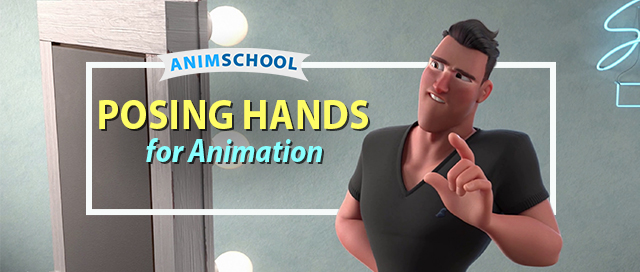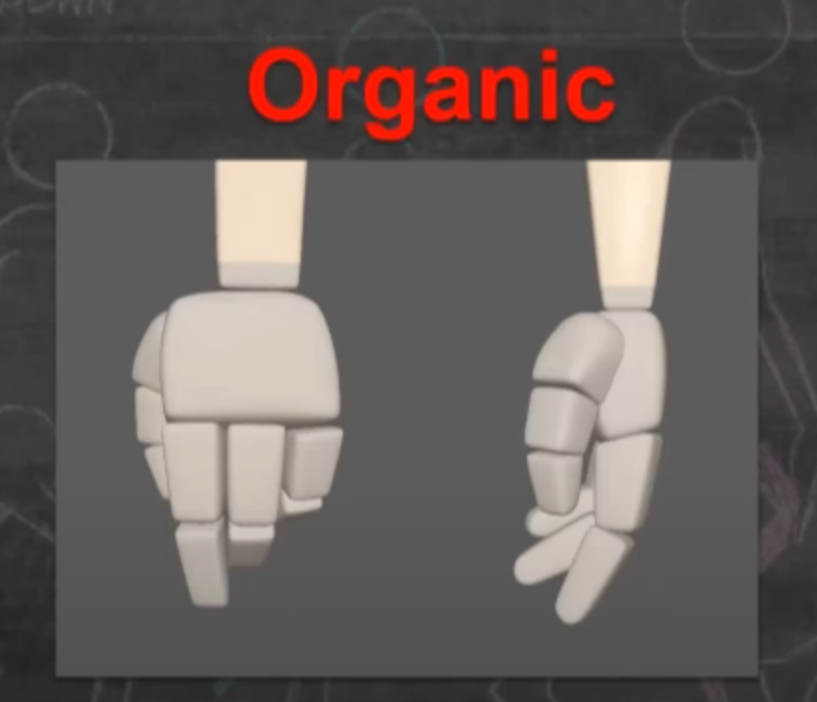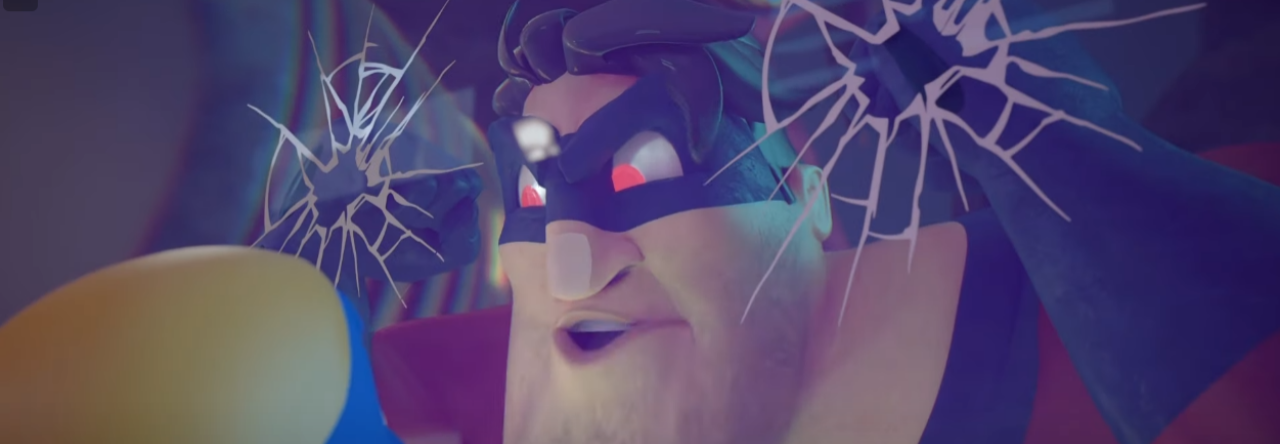
When it comes to character animation, hands are often overlooked — yet they’re one of the most expressive parts of the body. Done wrong, they can instantly signal stiff, lifeless “bad CG.” Done right, they add nuance, emotion, and realism. In this clip from a live AnimSchool lecture, instructor Kelly Vawter explains how to make appealing and organic hand poses for animation using contrast and grouping.
Many animators will start with straight fingers and straight wrists, causing their characters to immediately fall flat. Real hands aren’t naturally straight. Even when relaxed, they have curves, tension, and slight groupings. Muscles, tendons, and anatomy ensure there’s always subtle movement and form. It actually takes effort to fully straighten all of the fingers. Take caution to ensure that the default pose does not have stiff and evenly spaced fingers.


A relaxed hand is not the same as a limp hand. It means natural tension — curved fingers, a slight bend in the wrist, and arcs in the knuckles. Compare a rigid, flat pose with one where fingers gently curl inward, wrists turn slightly, and knuckles form a subtle arc. A good hand pose feels like everything’s pressing slightly toward the palm — a central point of tension. That central compression brings cohesion and energy.

Finger grouping is a simple but powerful technique. Instead of spacing all fingers evenly (which reads as artificial), cluster them into small, natural groups. Think of how your hand looks at rest — you might have your middle, ring, and pinky fingers close together while your index finger slightly floats. Look at classical art or traditional animation — grouping fingers adds rhythm and gesture to a pose. It also gives your character’s hands a unique personality.


Posing isn’t just about fingers. A perfectly straight wrist breaks the illusion of life. Add subtle bends or twists. Let the wrist complement the fingers’ flow. Think of the hand as a whole — a system of connected lines and curves. Flow matters.


A hand pose should never feel generic. It should feel like a moment — relaxed, expressive, full of intention. Whether the character is gesturing, resting, or reacting, hands help sell the performance.
So, when blocking out a scene, take some time to study real hands and take note of the curve of the fingers, angle of the wrist, groups, and overall flow. Aim for an organic, natural feel.
Watch the full clip from an AnimSchool lecture here:
At AnimSchool, we teach students who want to make 3D characters move and act. Our instructors are professionals at film and game animation studios like Dreamworks, Pixar, Sony Pictures, Blizzard & Disney. Get LIVE feedback on your Animation from the pros. Learn more at https://animschool.edu/


Leave a Reply